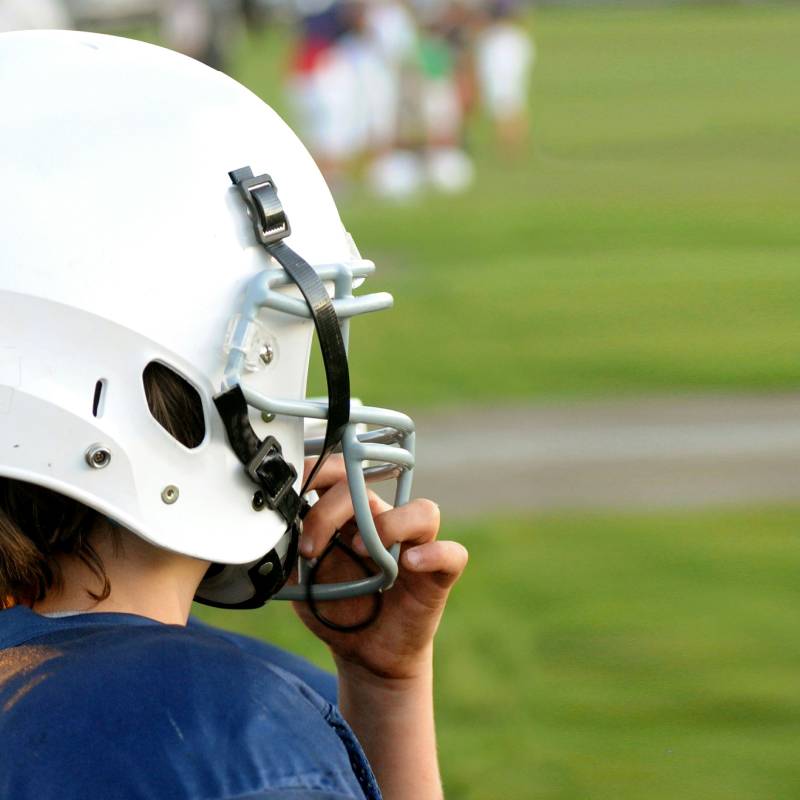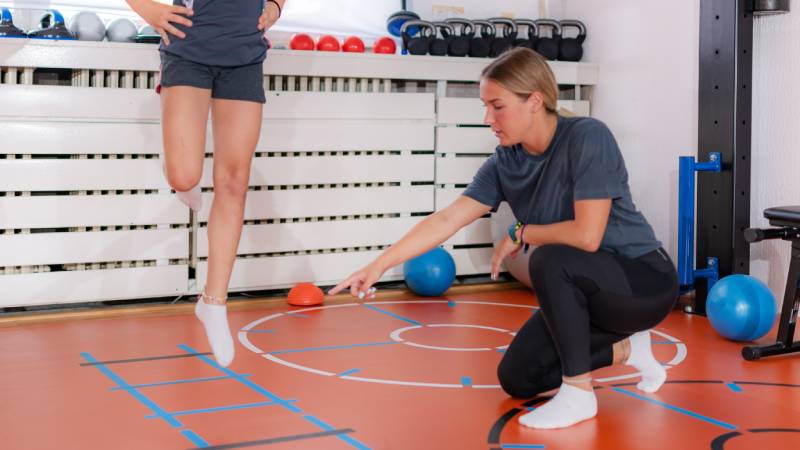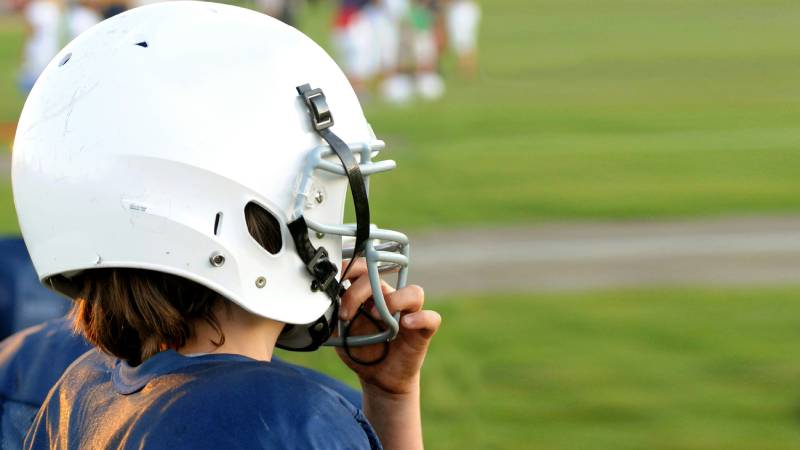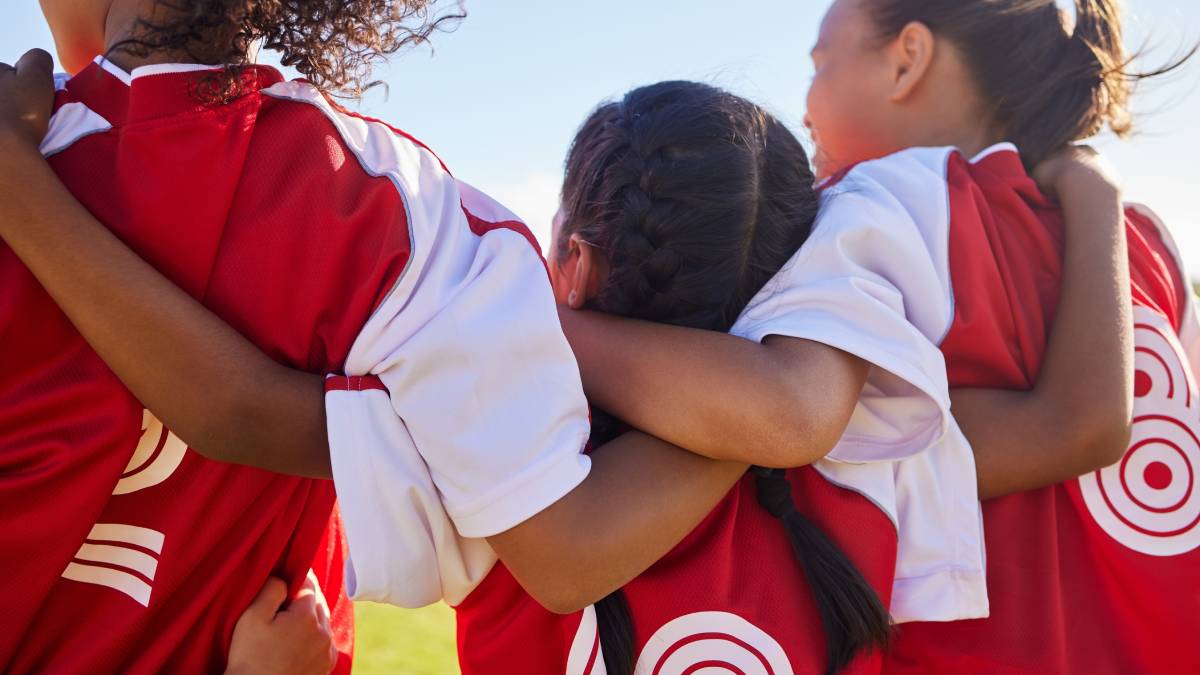Concussion: preventing risks on the field

Concussions, mild brain injuries caused by a blow to the head or a violent jolt to the body [1], are a major problem in the world of contact sports, but can also occur in other physical activities or accidents. Although generally not fatal, they can lead to serious, long-term symptoms if not treated properly.
Preventing concussions on the field is therefore crucial to the health and well-being of athletes. This article aims to present concrete strategies to minimize the risk of these injuries and promote safe sports practices.
Concussion and Sports Rules
The first step in preventing concussions is to master the rules and regulations of the sport you play. Familiarization with safe playing techniques and situations to avoid is essential to minimize the risk of injury.
Athletes need to keep abreast of changes to current rules and regulations, particularly those aimed at reducing dangerous contact and promoting more respectful play.
Reducing the Risk of Concussion with the Right Equipment
The use of properly fitted protective equipment is paramount to mitigate head impacts and reduce the risk of concussions [2]. This includes:
- A helmet that meets safety standards: Make sure the helmet fits properly and offers adequate protection for your sport. Replace the helmet after a major impact or if its service life has been exceeded.
- Mouthguards: Mouthguards protect the mouth and teeth from impact trauma. A customized mouthguard adapts perfectly to the mouth and offers optimum protection.
- Shin guards: For sports involving kicking, shin guards protect the bones of the lower leg and reduce the risk of serious injury.
Other protective equipment: Depending on the sport, additional equipment such as elbow pads, knee pads, gloves or back protectors may be required for optimum protection.
Preventing concussion through proper training
A proper training program plays a crucial role in concussion prevention. Strengthening neck and back muscles, in particular, helps stabilize the head and absorb shock, reducing the risk of brain damage.
Specific proprioception and balance exercises can also improve coordination and stability, reducing the likelihood of falls or collisions.
Play Fair to Prevent Brain Injury
Sportsmanship and respect for the rules are essential in preventing concussions. Illegal hits, dangerous play and aggressive behavior greatly increase the risk of serious injury to both the aggressor and the victim.
Promoting a culture of fair play and mutual respect within teams and competitions is crucial to creating a safe sporting environment for all.
Hydration and Concussion
Dehydration can weaken the body and increase the risk of concussion [3]. Drinking enough water before, during and after physical activity is essential to maintain good hydration and optimize performance.
Regular refreshment and hydration breaks are particularly important on hot days or during intense training sessions.
Concussion Prevention and Recovery
Giving your body time to rest is crucial to prevent fatigue, inattention and loss of concentration, which can increase the risk of accidents and concussions.
Regular breaks during training or competition allow you to relax, rehydrate and refocus, thus promoting safer, more effective sporting practice.
Report Symptoms of Concussion
Recognizing the signs and symptoms of a concussion is crucial for prompt and appropriate treatment.
If you suspect a concussion in yourself or a teammate, it’s imperative to report it immediately to a coach, parent, doctor or other trusted adult.
Never return to the game until you have been cleared to do so by a physician.
Safe return to play after concussion
After a concussion, it’s crucial to strictly follow the return-to-play protocol established by your sport or medical organization. This protocol is designed to ensure a full recovery and prevent another concussion before the brain has fully recovered.
- Medical assessment: A physician or neurologist must assess the concussion and determine the severity of the injury.
- Physical and cognitive rest: The first step in returning to play is to give the brain the time it needs to rest and heal. This usually involves abstaining from strenuous physical and cognitive activity.
- Gradual progression of activities: Once concussion symptoms have disappeared, a gradual reintroduction of physical and cognitive activities is initiated. This progression must be slow, controlled and supervised by a healthcare professional.
- Ongoing assessment: Throughout the return-to-play process, regular assessments by a healthcare professional are necessary to monitor healing progress and ensure that symptoms do not recur.
Gradual return to play: Once the brain has fully healed and symptoms have disappeared, a gradual return to play may be permitted. This reintegration must take place under close supervision and according to the guidelines laid down in the protocol.
What to do with all this information?
Preventing concussions on the field requires a multi-dimensional approach that involves concerted efforts on the part of athletes, coaches, parents and sports governing bodies.
By raising awareness of the risks, promoting safe playing practices, implementing preventive measures and fostering a culture of respect and fair play, we can create a safer sporting environment and minimize concussion incidents.
Please note that we are not medical professionals and that it is important to consult a doctor if you suspect a concussion. A doctor’s recommendations take precedence over the advice presented in this article.
Sources
[1] Ministère de la Santé et des Services sociaux. (2023). Mild traumatic brain injury and concussion. Retrieved from https://www.msss.gouv.qc.ca/professionnels/traumatismes-et-traumatologie/commotion-cerebrale/#:~:text=D%C3%A9finition,force%20impulsive%20%C3%A0%20la%20t%C3%AAte.
[2] Ringuette Canada (2016). Concussion management guidelines. Accessed at the following URL:
https://ringuetteintrepides.com/files/doc/-Lignes-Directrices-commotions-ringuette%20canada.pdf
[3] Armstrong, A. (2019). The role of nutrition in concussion recovery. Retrieved from URL: https://sirc.ca/fr/blog/le-role-de-la-nutrition-pour-recuperer-dune-commotion-cerebrale/
Don't miss our new ultimate guide to concussion in sport!
Karl Demers

On the same subject
While recognizing symptoms on the field is essential for identifying potentially concussed athletes, initial assessments do not always lead to a […]
Preventing concussions on the field is crucial to the health and well-being of athletes. This article aims to present concrete strategies to […]
In the world of sport, where passion and dedication shape young athletes, their safety and well-being must remain paramount. As parents, […]


